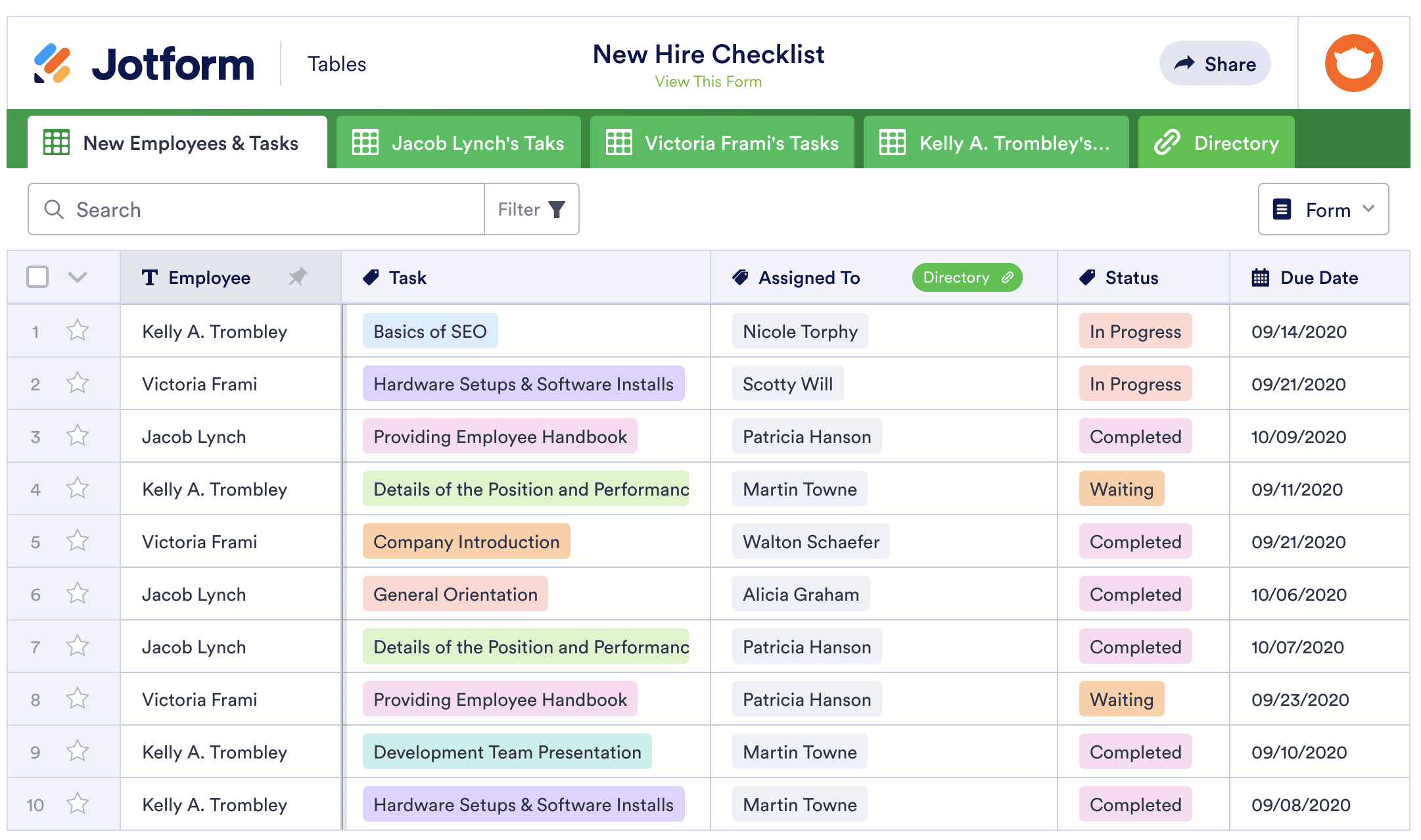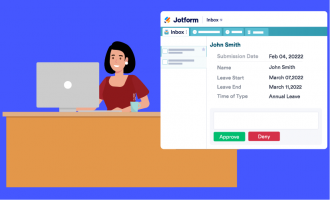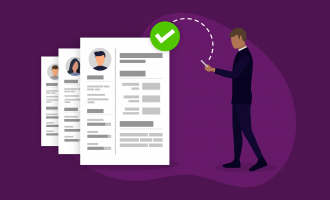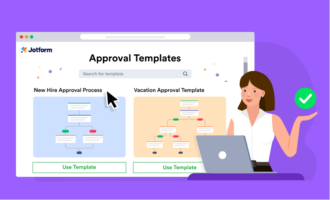Human resources management is necessary for business success. Organized HR processes and systems are essential for hiring, training, and complying with labor laws. Many of these activities have traditionally been done manually, but technology now offers many opportunities for HR process automation.
While HR automation doesn’t eliminate the need for HR employees, these systems can reduce busywork and optimize employee productivity. Automation is available for many aspects of HR administration, changing the way companies do business.
What does automation mean for the future of HR? Understanding these changes now will set up your business for success. HR process automation is quickly becoming an essential facet of employee management.
What is HR automation?
HR automation leverages technology to replace manual tasks. In the past, printed job applications and cumbersome employee paperwork filled filing cabinets. Companies are now replacing these hard-copy systems with digital processes, moving everything to the cloud.
What are the benefits of HR automation?
The goal of HR process automation is to free HR employees from the most tedious manual tasks. Automation has an undeniable impact on the bottom line. Instead of spending time on paperwork and filing, employees can focus on more important activities like strategizing and analyzing data.
When companies shift HR tasks that require hours of manual processing to an automated system, it frees up employees to work on other projects. These efficiencies play an important role in increasing the overall productivity of the HR department.
Reducing the time required to complete tasks doesn’t have to impact the quality of work. Many businesses find that accuracy improves with HR automation. Human error is unavoidable with manual processes, but automation can help eliminate these problems.
Real-world examples of HR task automation
Technology offers endless possibilities for HR process automation. Jotform can help with templates for a variety of HR tasks:
- Recruiting. Attracting the right candidates is a crucial aspect of staffing the business, which is why systemized recruiting is an essential HR responsibility. Digital forms help design and implement a proven recruitment process. Hiring managers can use tools like the recruitment requisition form and the employee application form.
- Onboarding. Creating an employee onboarding form is a smart way to ensure that new hires receive everything they need to succeed in their new workplace, like a copy of the employee handbook. This onboarding system can include relevant documents for tasks and workflow. It helps integrate essential onboarding activities, such as security training, background checks, and more.
- Employee personal data. Collecting new hire data is one of the first steps when onboarding a new employee. These online new-hire forms help gather everything in one place.
- Timesheets. Track and record employee hours, then consolidate this information in a sheet for easy analysis. These employee timesheet forms can help with payroll management.
- Employee scheduling. Scheduling and tracking employee shifts is essential to ensure proper staffing throughout the day. This employee schedule template makes it easy to see when employees are scheduled to work. Integrate an employee schedule request form to meet the changing needs of your workforce.
- Performance appraisal. Ongoing performance management and feedback help employees thrive and grow in their positions. Use this performance appraisal guide to create an effective performance review process. Evaluation forms help reviewers follow a formalized schedule and collect employee self-evaluation and manager feedback.
- Offboarding. Gathering information when an employee leaves the company is critical in identifying opportunities for improvement. Systemize this process using an offboarding checklist form as well as an employee feedback form.
- Tracking time off. HR is responsible for overseeing the time employees take off, whether sick or vacation leave. A vacation and sick time tracking spreadsheet can streamline this system by consolidating requests and missed hours in one customizable spreadsheet.
- Expenses. Want to track where petty cash is going? An expense reimbursement form makes it easier to record transactions and manage the budget. Mathematical calculations are built into the template to provide real-time details about spending and cashflow.
- Training records. An employee training checklist can help streamline an employee’s first few weeks on the job. Design these forms to include essential training activities each employee needs to complete. Instructors can mark their progress through the course of the training period.
Customizing online forms for automation
Does your HR department use online forms for onboarding, offboarding, and employee management? If you aren’t already leveraging the power of HR automation, then a variety of opportunities are available for your department. Forms and data collection streamline employee management and are an effective way to improve productivity and optimize the experience for each new employee.











































Send Comment: